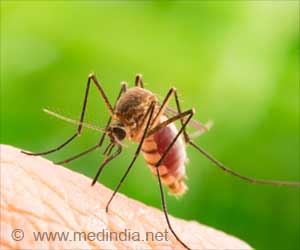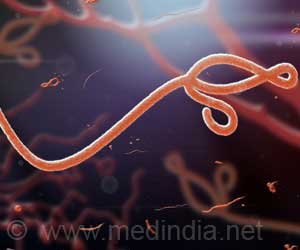A method to overcome the genetic peculiarity of parasite, Plasmodium falciparum, which is the key cause of malaria in humans, has been devised by researchers.

"The malarial genome has been a black box. Our technique allows us to open that box, so that we can learn what genes in the most lethal human parasite actually do," said Dennis Voelker, PhD, Professor of Medicine at National Jewish Health and senior author on the paper.
"This could prove tremendously valuable in the fight against a disease that has become increasingly drug-resistant."
The genome of P. falciparum was sequenced in 2002, but the actual functions of many of the organism's genes have remained elusive.
One of the primary methods for discovering gene function is to copy a specific gene, insert it into a model organism that is easy to grow, often the yeast Saccharomyces cerevisiae, then draw on the incredible knowledge base about yeast and its abundant genetic variants to discover how that inserted gene changes the organism's biology.
DNA is composed of building blocks with the shorthand designations A,T,C and G. The genome of P. falciparum is odd because it is particularly rich in A's and T's. Because of this A-T-rich nature, P. falciparum genes generally do not function when they are inserted into other organisms. As a result, scientists have been largely stymied when trying to understand the functions of P. falciparum's genes.
Scientists can now insert P knowlesi genes into yeast, discover their function, and then match them to corresponding genes in P. falciparum, which reveals the function of the malarial parasite's genes.
The study has been published in the Journal of Biological Chemistry.
Source-ANI
 MEDINDIA
MEDINDIA



 Email
Email






